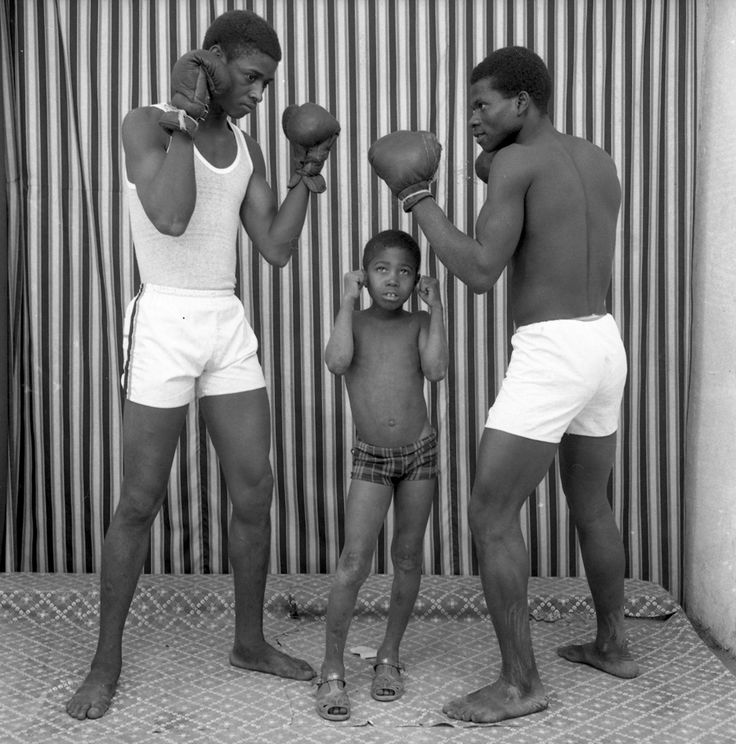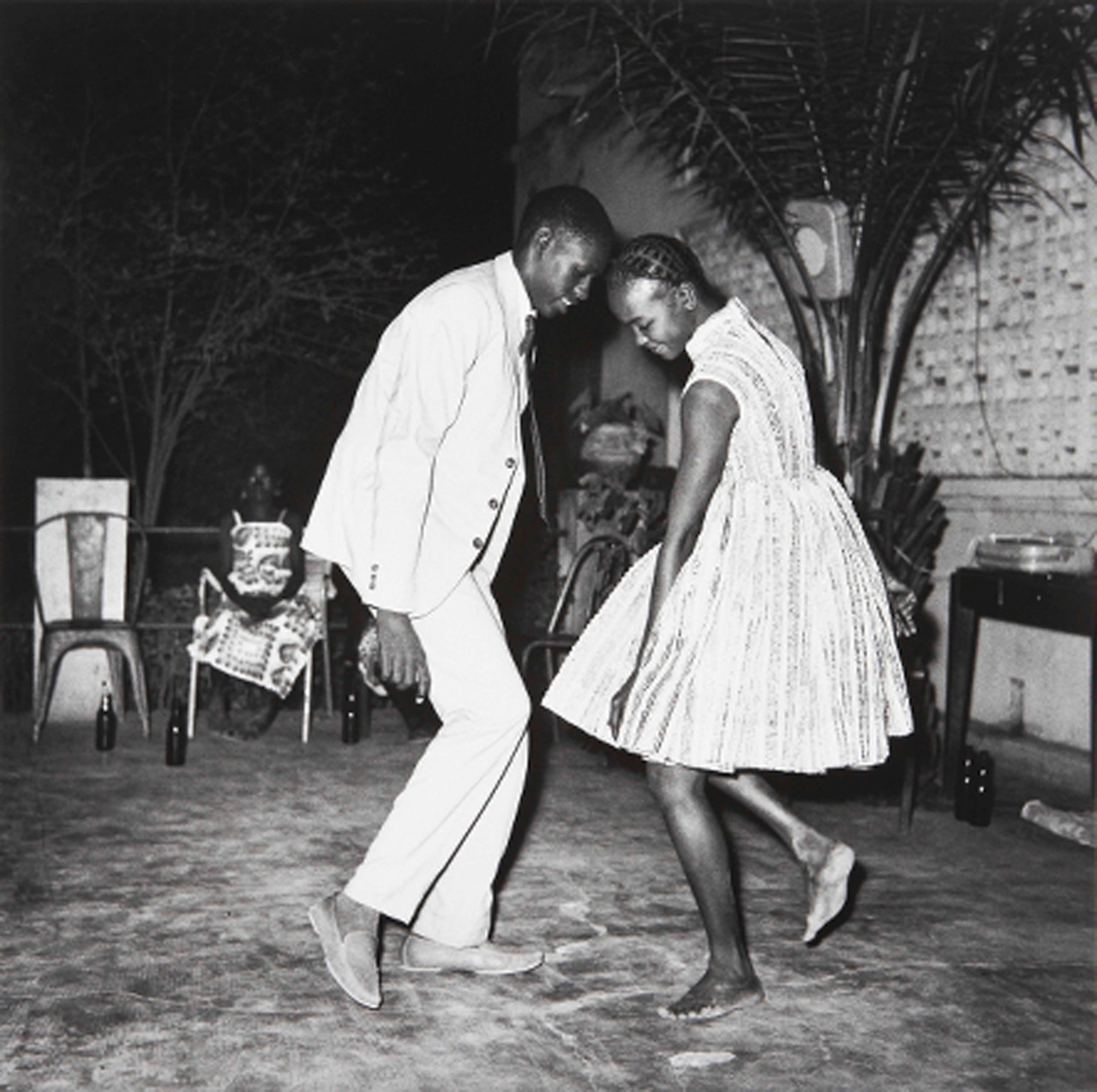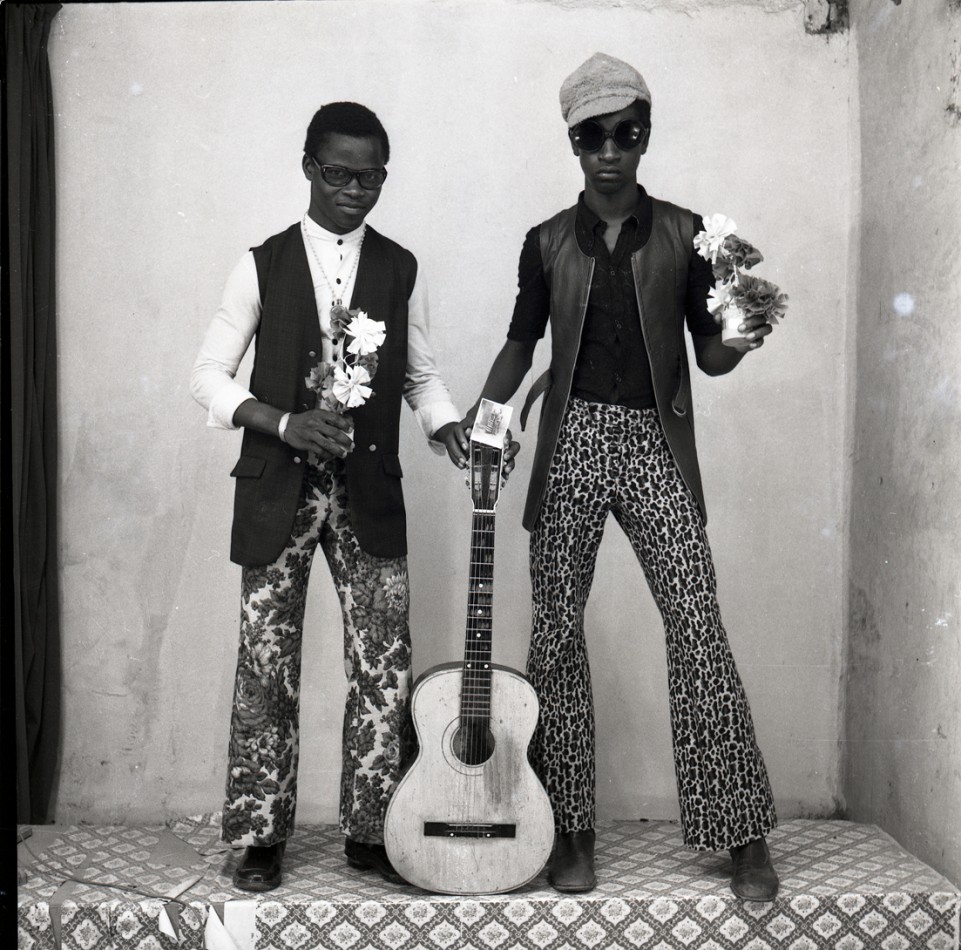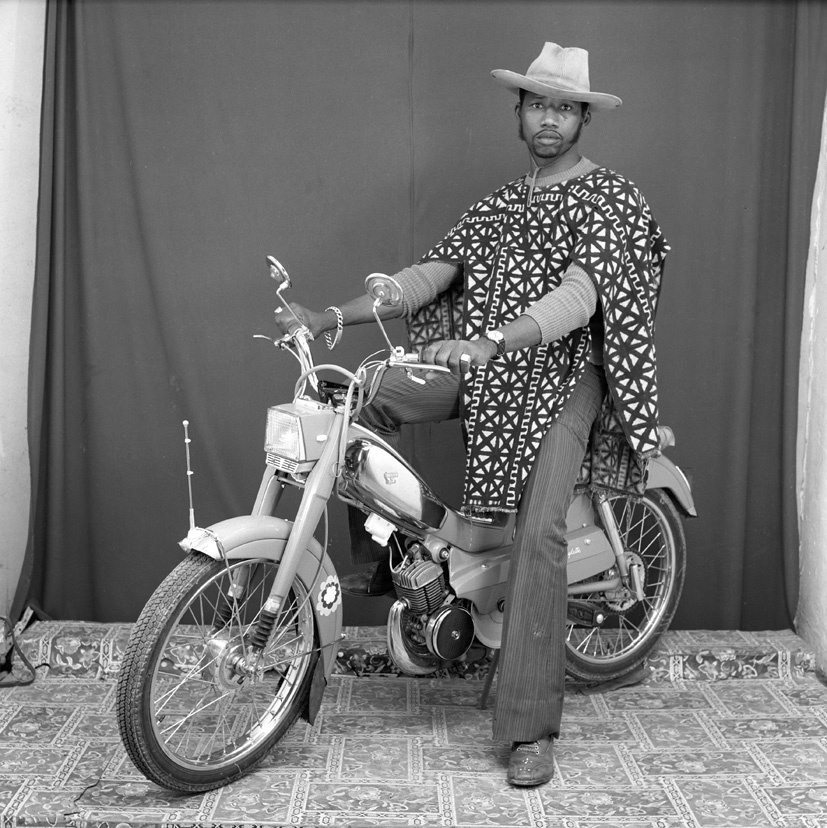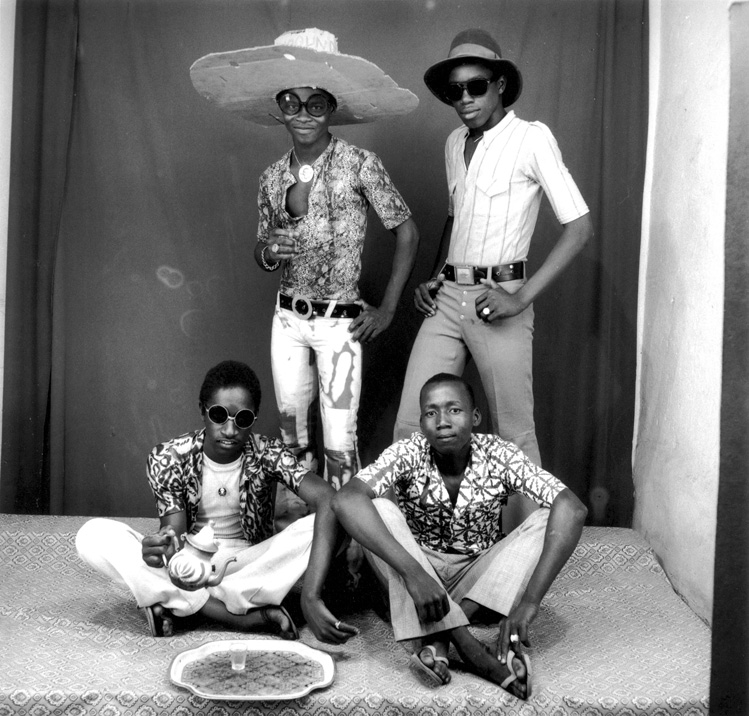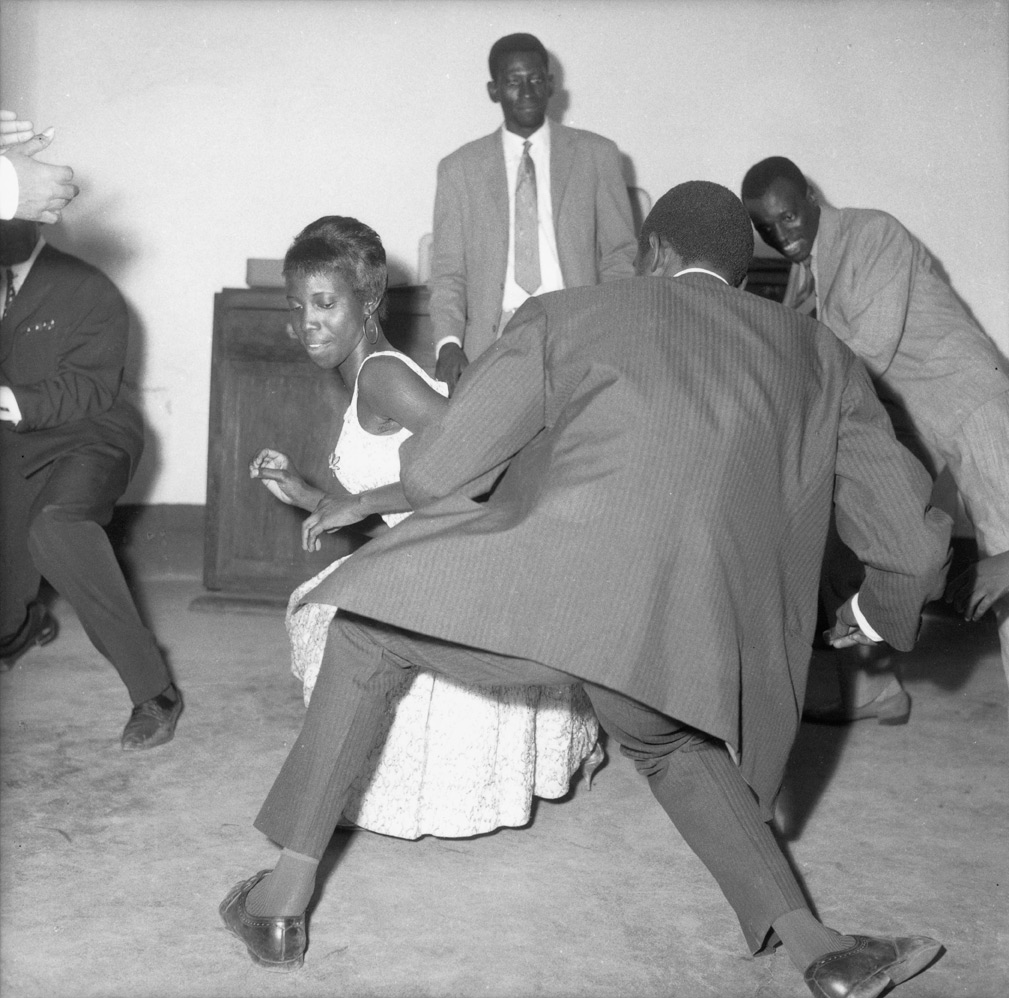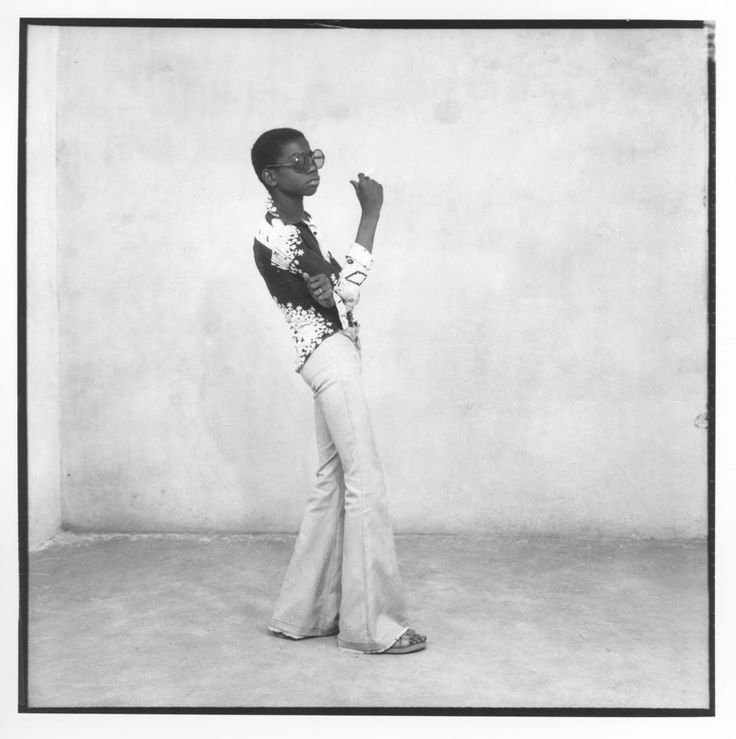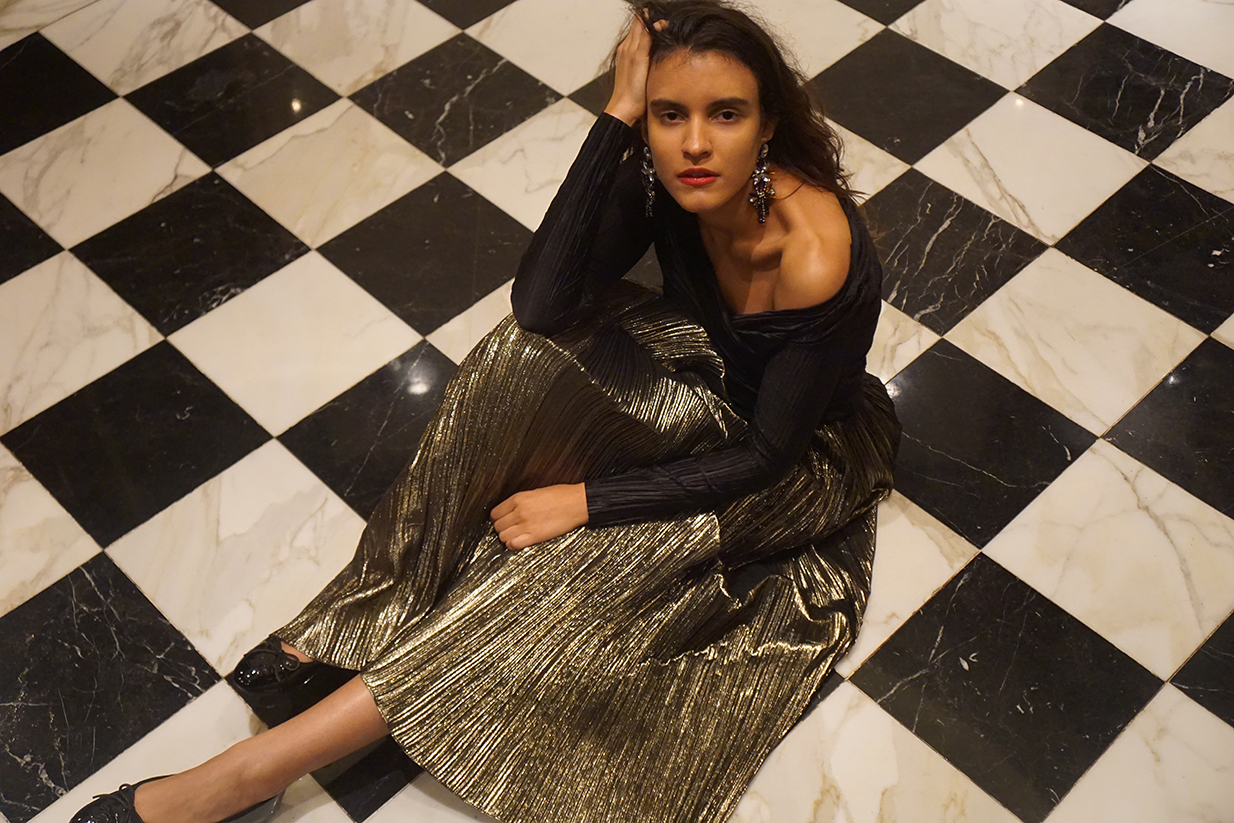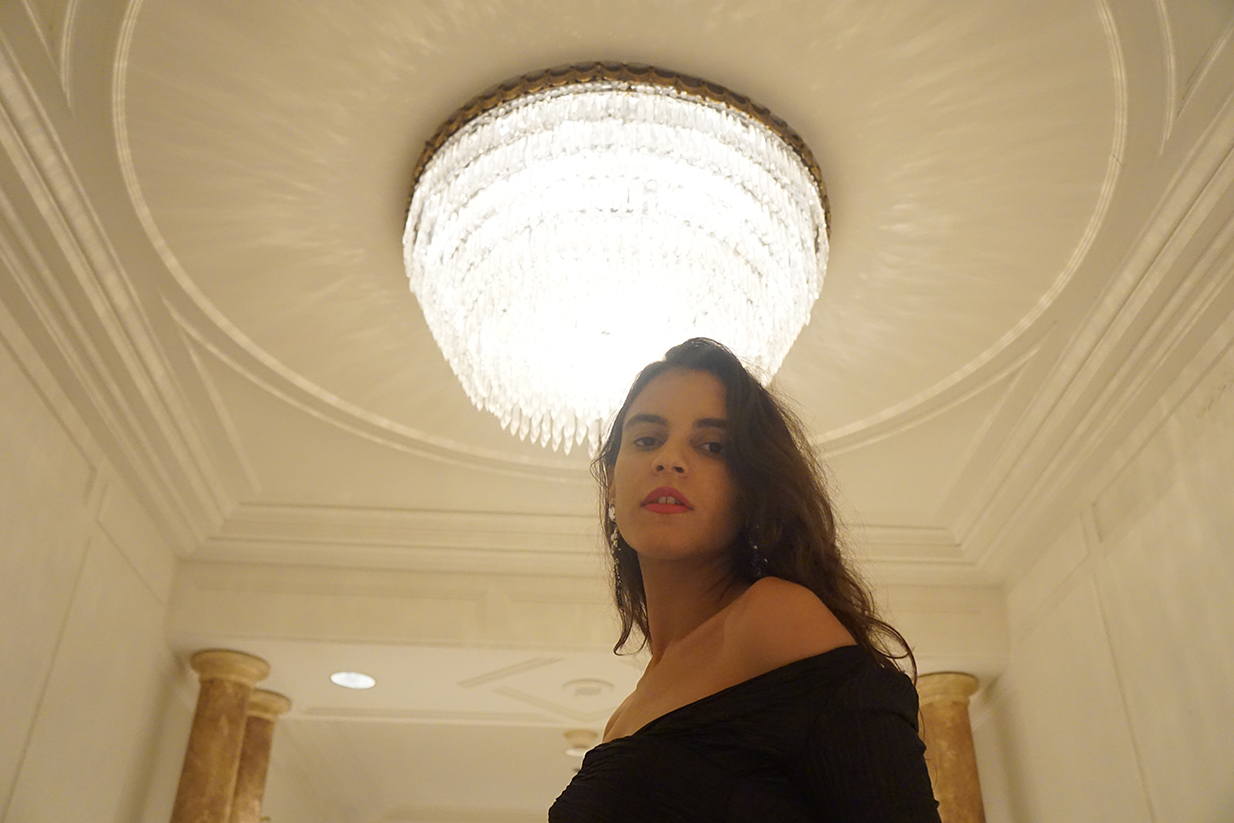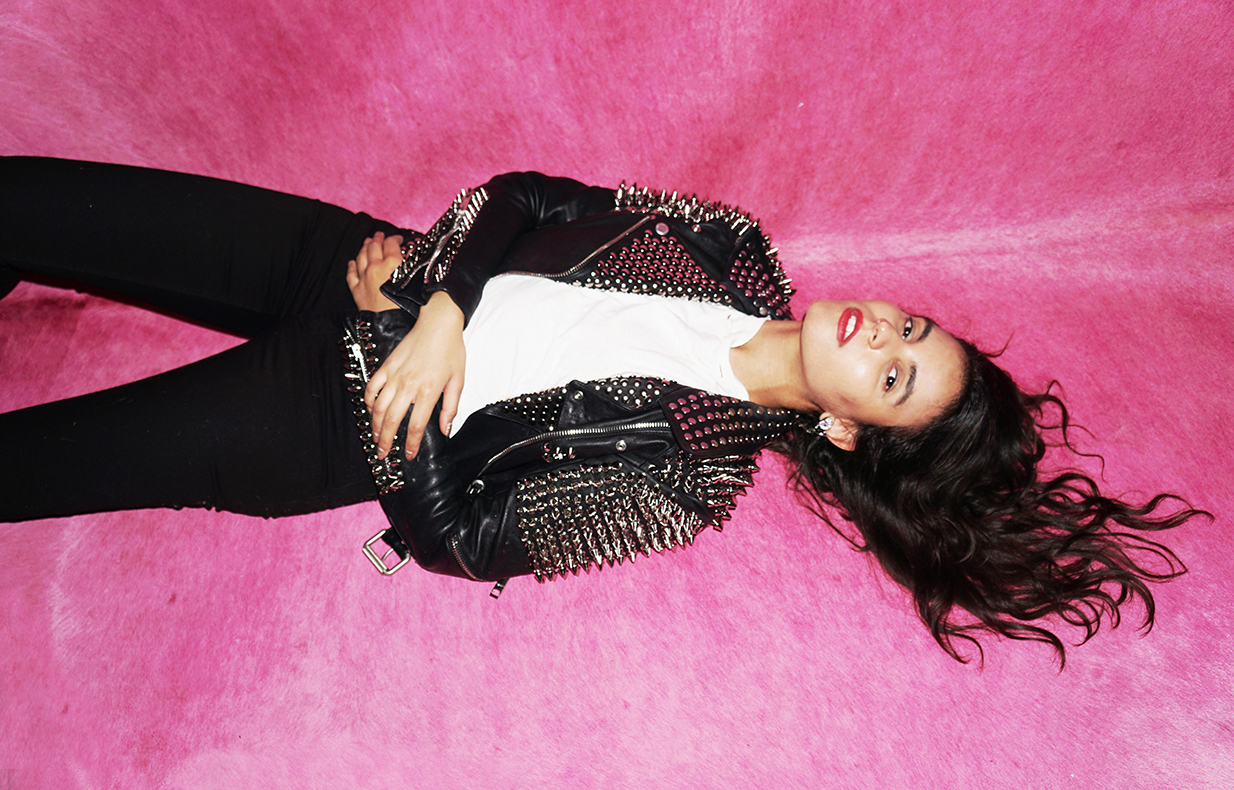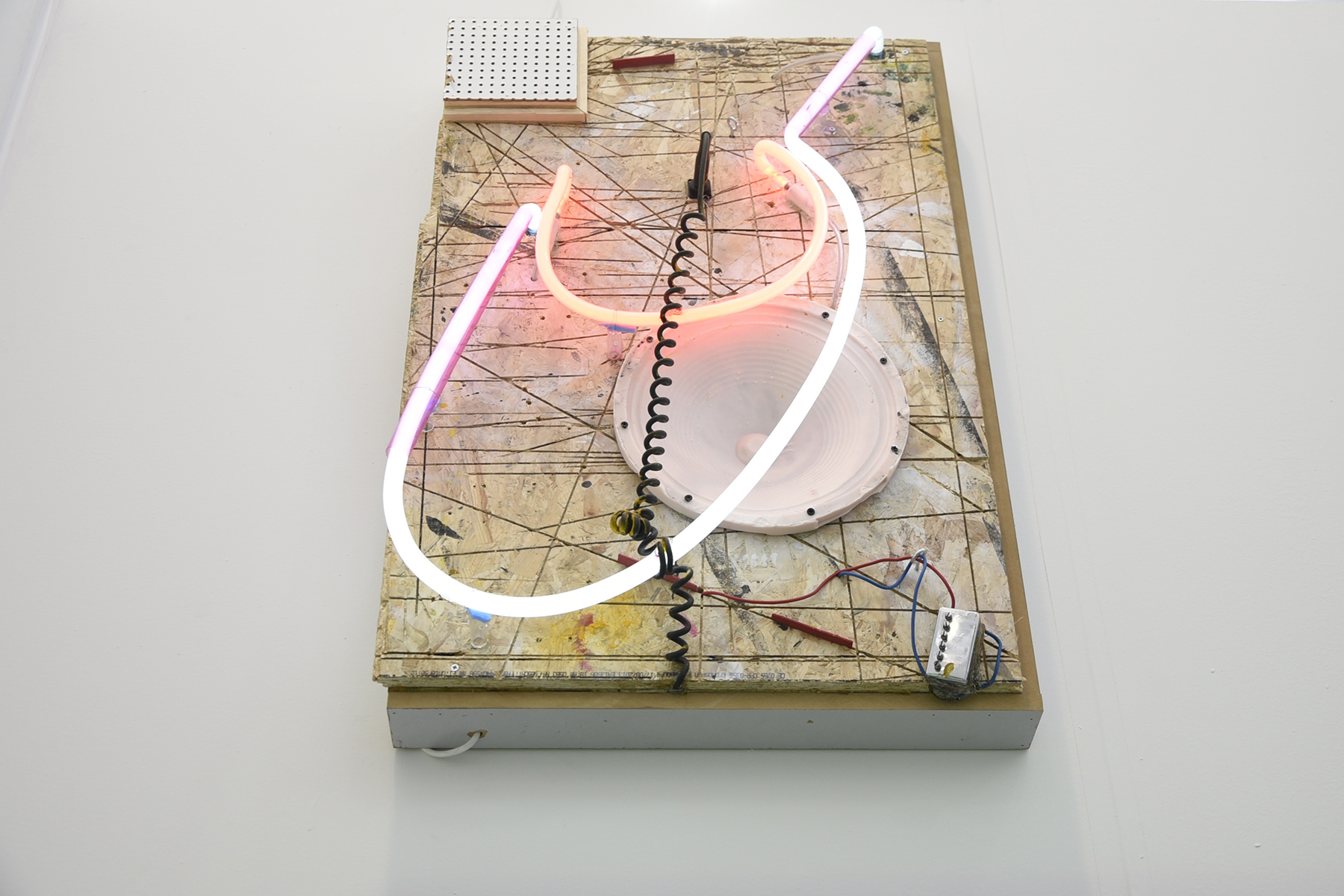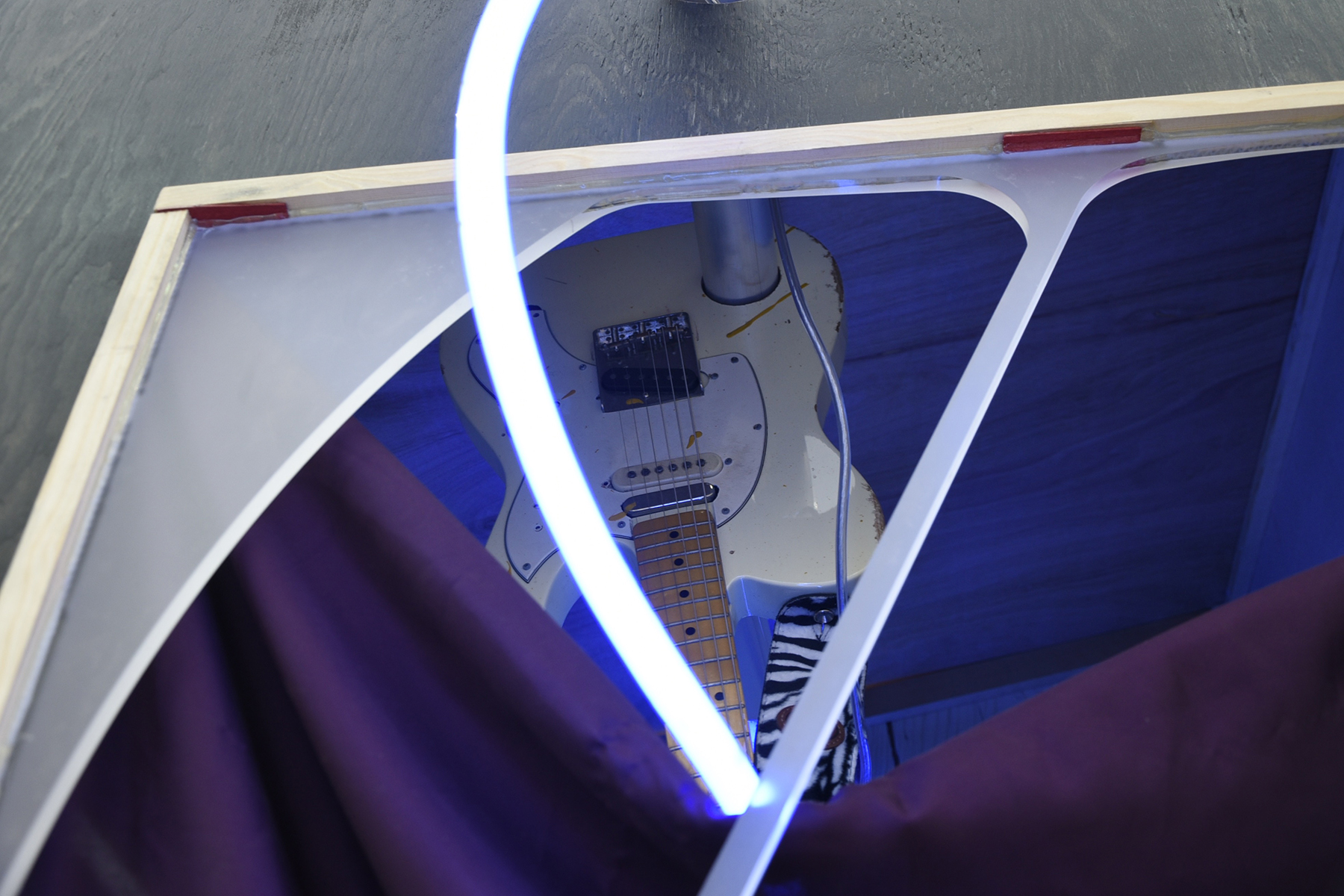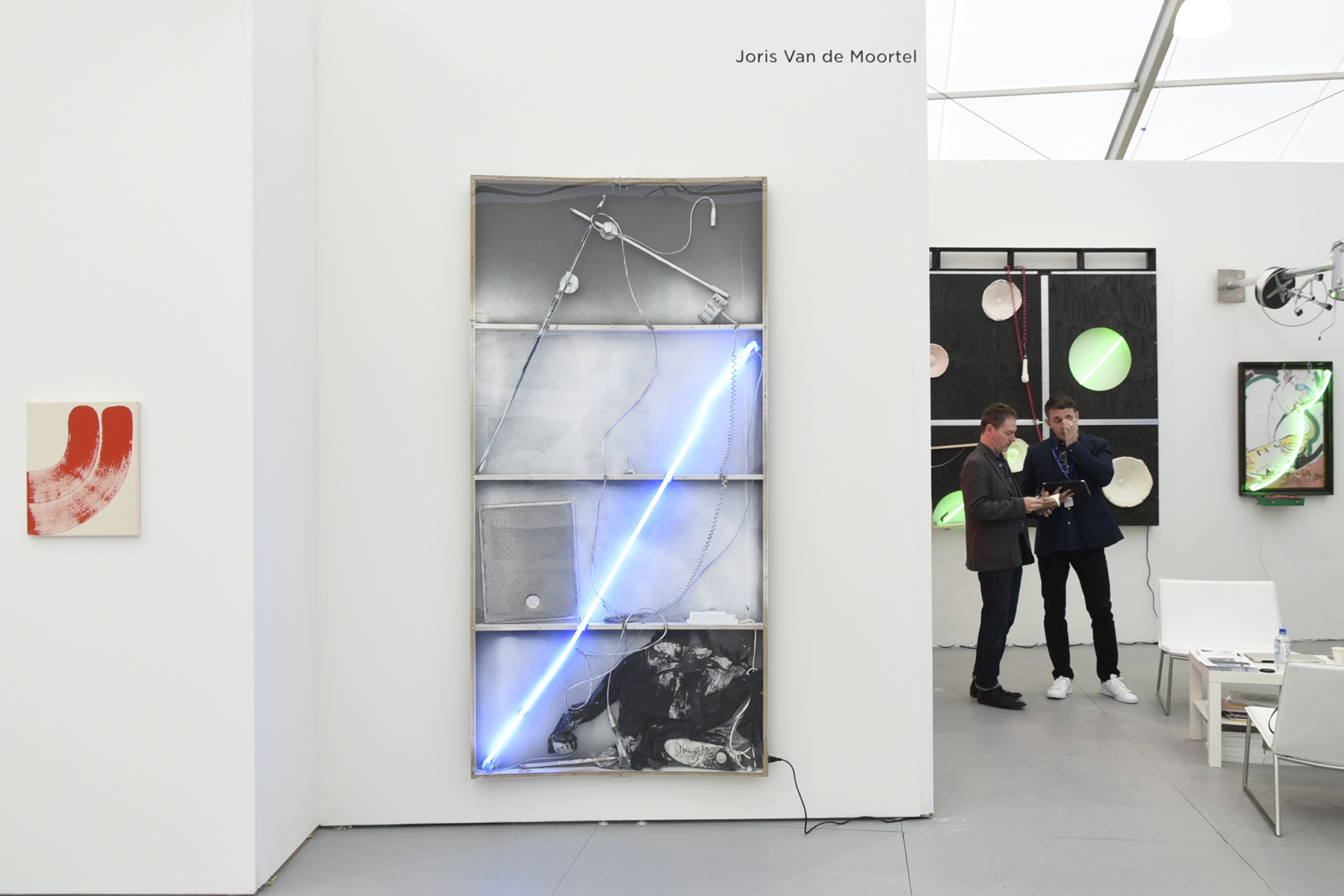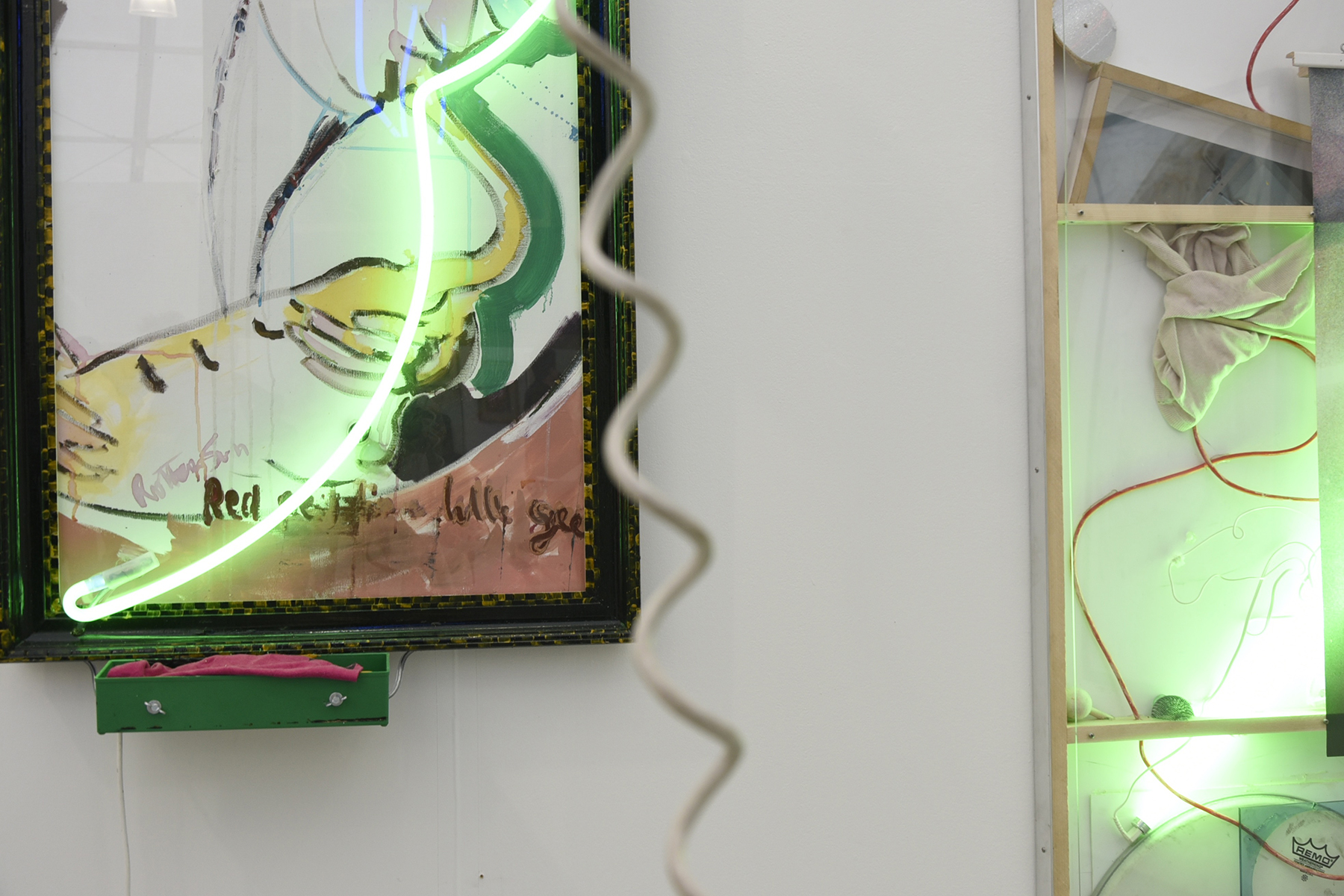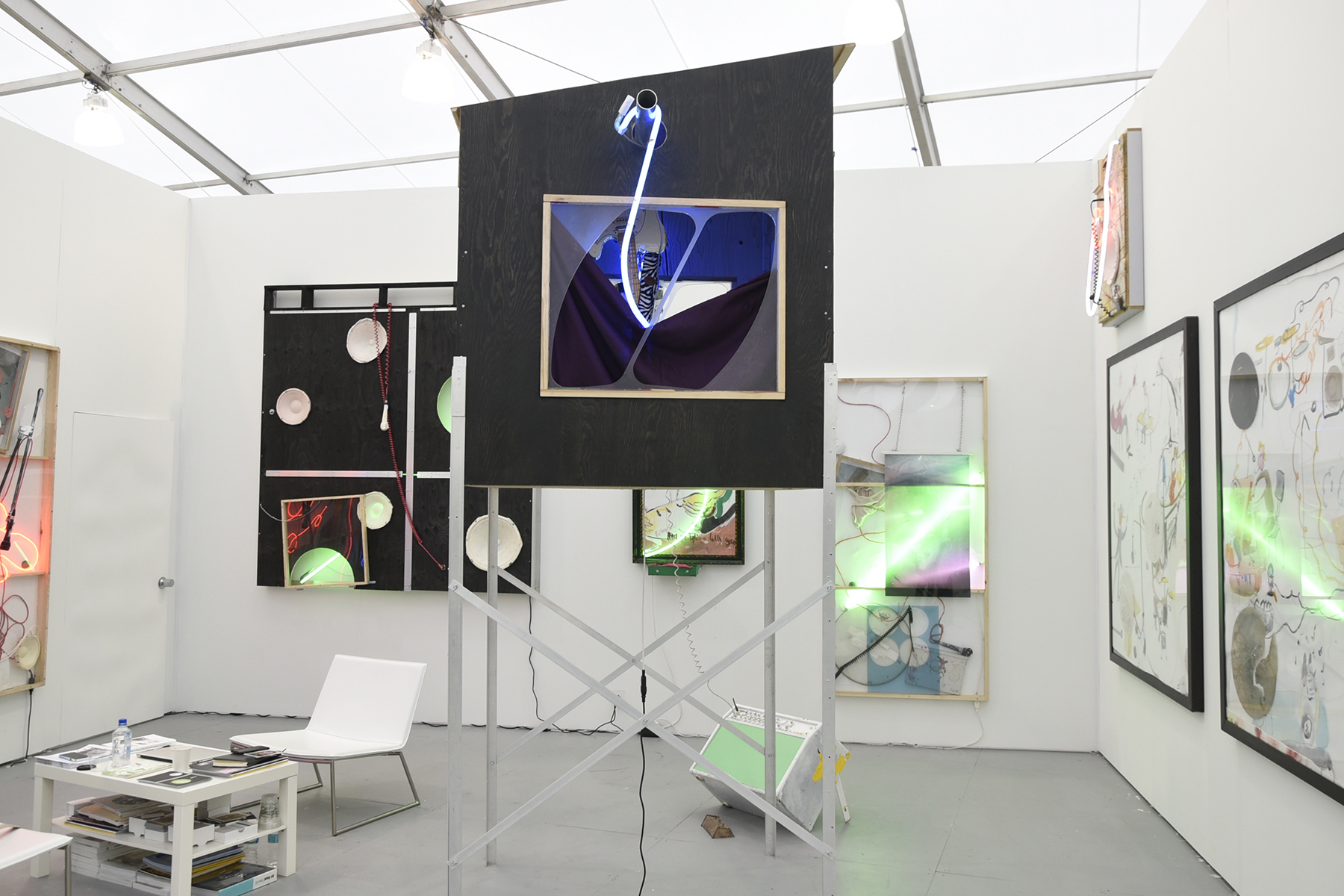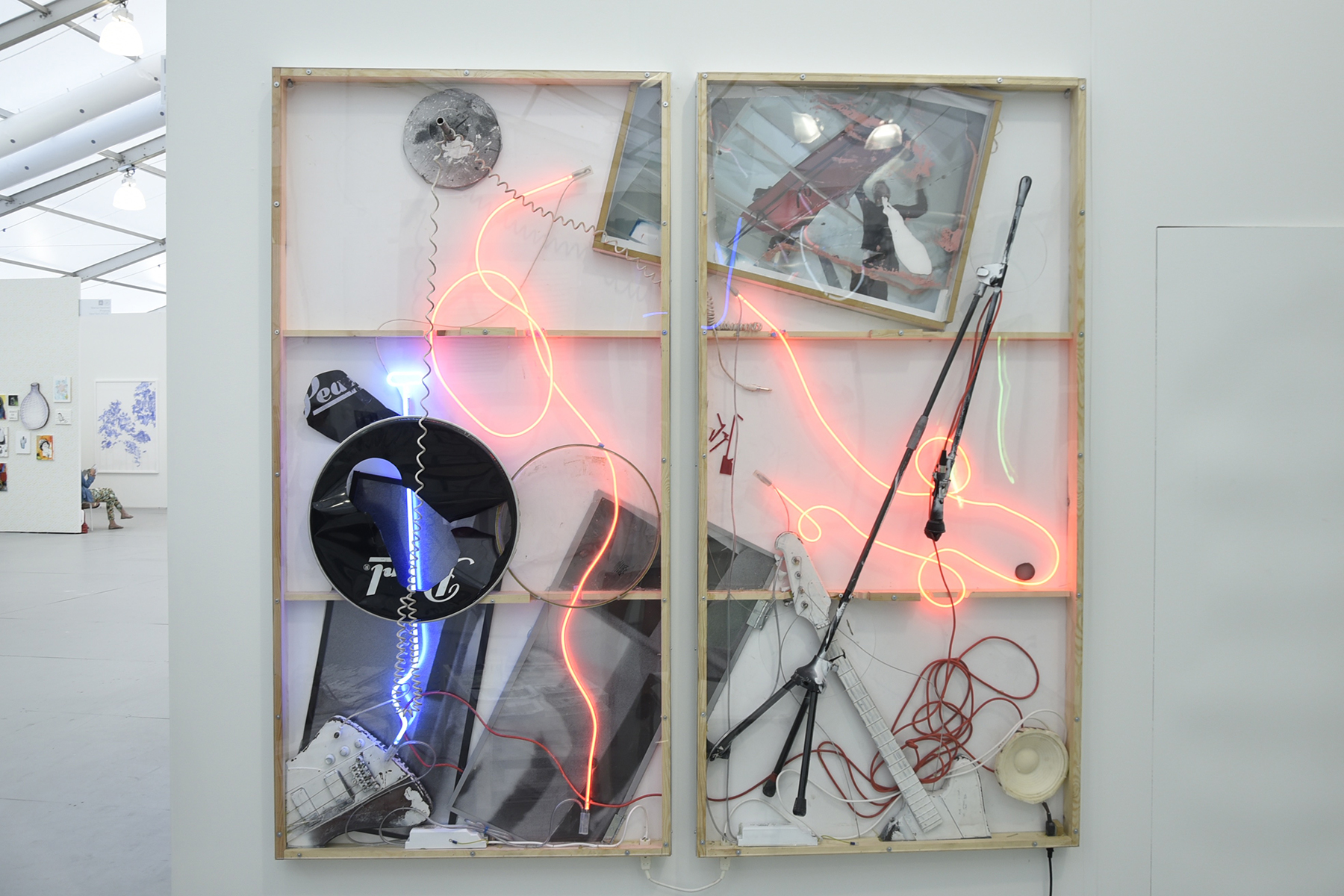There is something sinister in the Southern air. Dan Sartain’s newest album, Century Plaza, which was released last month on the One Little Indian label, is a departure for the Alabama-based musician who has been steadily putting out albums since the early 2000s and garnering the attention of musical kindred spirits like Jack White. In fact, Jack White asked Sartain personally if he would open for the White Stripes on a 2007 tour. While his earlier music reflected his Southern roots – with tinges of country and rockabilly – Sartain’s new album is darker, more malevolent and has an electro beat that harkens early Suicide and British synth-pop wave, like Depeche Mode. What you hear in the music sounds like an artist on the verge of burning down his house and hitting the open road in a black Cadillac, cigarette burning in hand. His music video for the track Walk Among The Cobras illustrates the album perfectly: it opens with Sartain driving, black and bloodied eyes (which the press release states is very much real), and goes into an erotic carnival scene that seems like a scene from a lost Cronenberg film. In the following interview, we got a chance to ask Sartain about his music departure, dressing up as Alan Vega for Halloween, and what it’s like to be an untalented rockabilly art fag.
Autre: You’re from Alabama? What was it like growing up there?
Dan Sartain: Everybody I went to school with loved football and Bone Thugs N’ Harmony. It was bullshit. I hated it. I still live there and I still hate it. Birmingham is the city I’m from, and there seems to be a lot of pride about it now. We have some nice clubs and things now, but it’s mostly the same bands from the last ten or twenty years. I’ve been around for twenty years. Young people should be doing things I don’t understand and don’t like, and they are! Everything is right on schedule.
Autre: How did you get into music?
Sartain: I just heard it one day and it was pretty good.
Autre: What kinds of artists were you listening to in Alabama that influenced your musical style?
Sartain: You had to make friends with whoever was around. So that meant any kind of musician was a friend. You’d have to play with Christian ska bands, white blues guys, cock rockers, math rockers, Pop punks, crust kids with their blast beats, fake Fugazi bands, fake Cure bands, literally ANYONE. We all had to be friends, or at least fake friends, to make anything happen.
Autre: You have toured as an opening act for The White Stripes and the Hives. What was that like?
Sartain: It was nice being a part of something bigger. I suppose that’s what will go on my headstone. It’s also a thing I have a chip on my shoulder about too. When you go around with a chip on your shoulder people want to knock it off. Then some time goes by and you just kind of realize you were a dumbass. It’s vicious. I love it. Its nice work if you can get it. I started at clubs and I’m back at clubs now. I feel that’s where I do my best work, but if the opportunity comes to play arenas again, I’ll be ready.
"There was a lot of talent going around but it was all misguided. So I basically thought I could save this genre by being an untalented rockabilly art fag. It totally worked, you’re welcome."
Autre: Your newest album, Century Plaza came out recently. What was the inspiration for this album?
Sartain: I just wanted to make an album as much like Depeche Mode as I could. I just pretended Depeche Mode called me on the phone and asked me to write them an album.
Autre: Your previous albums are a mixture of blues, rockabilly, and punk rock, while Century Plaza is pop/electronic music. Why was this album different than the ones you worked on before?
Sartain: Seeing the names “blues, rockabilly, and punk rock” in print like that sounds really horrible. There’s lots of music that sounds like those three things together… and it all sounds bad. That is not to say there isn’t a lot of rockabilly and punk albums that I love, but it just has this cheesy stigma. I think what I was trying to do early on was to restore the image of the good things about those styles of music you mentioned. I’m not sure I was the right guy for the job, but I was trying to convey some of those things with taste. I basically came around in the late nineties- early two thousands. It was a horrible time. People were swing dancing and wearing flaming bowling shirts. That Dick Dale song was everywhere. It was really just corny and not moody or weird or artsy at all. The late nineties were to rockabilly guys as the late eighties were to metal guys. There was a lot of talent going around but it was all misguided. So I basically thought I could save this genre by being an untalented rockabilly art fag. It totally worked, you’re welcome.
But to answer your question, I just work with what is at my disposal. Electronic music sounded the best to me right now.
Autre: You originally recorded “Walk Among the Cobras” in 2005. Why remake the song?
Sartain: Actually, I recorded that song in 2001. It’s one of my oldest and best songs. I feel like its kinda my anthem. It’s the first song I wrote where I felt like I could compete in the world of music. I wanted to keep playing it. Even if my musical brand faced a complete overhaul stylistically.
Autre: The video for “Walk Among the Cobras” is really amazing. What was the inspiration for the video?
Sartain: We didn't really plan on making a video. We went to Panama City Beach, Florida, which is a very neon place. We went there to shoot photos for album art and such. We went into a laser mirror maze for children and tourists and it just looked amazing. I figured it looked like a million bucks and people would never guess where we filmed it. Families and children keep coming through, stumbling into their own reflections, past us filming guerrilla style while I’m dancing with my shirt off. That footage just looked awesome so we expanded from there. We went to a haunted campground in Georgia where they filmed a Friday the 13th movie. We fogged up the woods and brought lasers and lights and things. It was pretty creepy. We heard footsteps, which we later found out, is one of the things one of the resident ghosts is said to do. I don’t believe in ghosts and I’m not saying we saw one but it was totally a ghost and we saw one.
Autre: How do you see film and music coming together?
Sartain: At the same time.
Autre: Is film something you’re interested in?
You mean as a viewer? Or as a participant? Yes to both
Click here to purchase and download Dan Sartain's newest record Century Plaza. Text by Oliver Maxwell Kupper. Interview by Keely Shinners. Photography by Haley Grimes. Follow Autre on Instagram: @AUTREMAGAZINE

